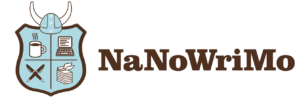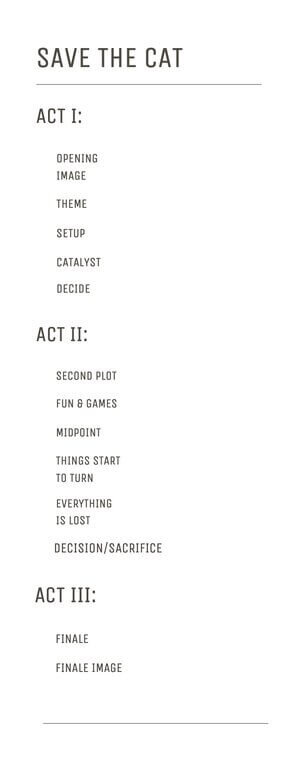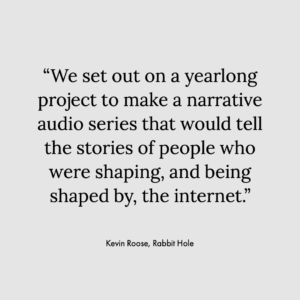This post may contain affiliate links, meaning that if you buy something, I might earn a small commission from that sale at no cost to you. As always, my links support indie bookstores. Read my full disclosure here. Thank you for your support.
If you don’t know what’s up, NaNoWriMo is short for National Novel Writing Month, and your one goal is to write 50,000 words in the month of November. That’s 1,667 words each day. You can check out all the details over at nanowrimo.org, but that’s basically it.
Moving on. Am I the most qualified to be giving you NaNoWriMo tips? Maybe not — I last completed it in 2015. But, I have won the challenge 3 times, and at least participated almost every year since. I’m also planning-crazy and spent four years on a degree learning how to write “properly.” I have at least a little advice! (2022 Update: I now have my MA, so that’s five years right there.)

Quantity over quality
This is the mantra to NaNoWriMo, and probably the most important thing to remember if you want to finish 50k words before the end of November — even if it seems a bit blasphemous. National Novel Writing Month isn’t about writing a novel, it’s about finishing a draft. And drafts are meant to be sh*tty. (Honestly, you’re probably a psychopath if you can write a full novel in one take.) NaNo is all about conquering that blank-page phobia and getting past perfectionism.
I am definitely a perfectionist, and yes, writing something bad with zero attempt to fix it still makes me a little nauseous. But I know that by the end of the month, I will actually have the bones of a novel, and not just a couple beginning chapters.
Word Sprints
If you’re like me, it’s still certainly difficult to push past this feeling — my favorite tool is word sprints. As mentioned before, I’m extremely competitive. Word sprints are what the name implies — setting a timer and writing as many words as you possibly can. It’s a fun activity to do with friends, or a writing group if you are lucky enough to have one. I often do them by myself and record the results over time. You can also find writers hosting them on twitter at pretty much any time of day, and that can be fun if you don’t want to do it completely alone.
Save the Cat beat sheet

Save the Cat is a writing tool originally designed by Blake Snyder intended to help write screenplays, but as author Jessica Brody has pointed out in her book Save the Cat! Writes A Novel, it can easily be adapted for novel writing. (She literally wrote the book specifically to prove this point.) Really, any method will do, but I personally have found I love the simplicity of the Save the Cat method, and it seems to be the most popular one.
At the start of November (well, hopefully before then), I sit down with the Save the Cat beat sheet in front of me and sort my novel into that order. This part is often the most helpful for me, as I am easily distracted and tend to lose the main thread of my story as I go. If I can’t organize everything into these simple bullet points, things are probably a little too complicated and I need to reassess.
That doesn’t mean you won’t have a nuanced plot line. After I have the foundation of my story done, I then go in and detail the scenes that make up each big bullet point. I can add as much detail as I like, but I have to keep to an outline format, and make sure everything is working towards and serving those original big picture ideas.
Obviously, Save the Cat is meant to be malleable to a writer’s needs, but for a 50,000 word project, I would suggest sticking to the basics. Remember, you can always go back in and change things later.
This beat sheet becomes my lifeline during the month, and usually grows a lot bigger. Because listen — you will get tired. Usually I start to fade around the end of the second week, and with the holidays coming up, you will probably find that life starts to require more and more of your attention. In that third week, it is a wonderful thing to look at your draft and know exactly what you need to write to get that day’s writing in.
Scrivener
No, you most definitely don’t need to have any fancy writing software, but I’ve been using Scrivener to plan out my projects since 2012 and it has never failed me even in all my experimentation. There are a lot of other great softwares out there for writers that are worth checking out, but I personally love Scivener’s power. The program can be set up in pretty much any way imaginable, and can be as simple or complicated as you need. While I do like to organize myself, Scrivener really ends up saving me time while I focus on churning out the words.
A Last Note
Of course, there have been years in which my incredibly competitive self has somehow chosen not to participate, and that’s absolutely fine, too — I write about it in my Why I’m Not Doing NaNoWriMo post in case that is more your wavelength this year. For a lot of writers out there, NaNoWriMo has a bit of a cultish status — I know I’ve always been perhaps a little too dedicated. But I promise: You are not a failure if you choose not to participate, and a silly challenge does not define your worth as a writer. (Even if everyone around you seems to be obsessed with the number 1,667 for a month.)
If you do decide to participate and want company, send a message my way!
Best of luck,





